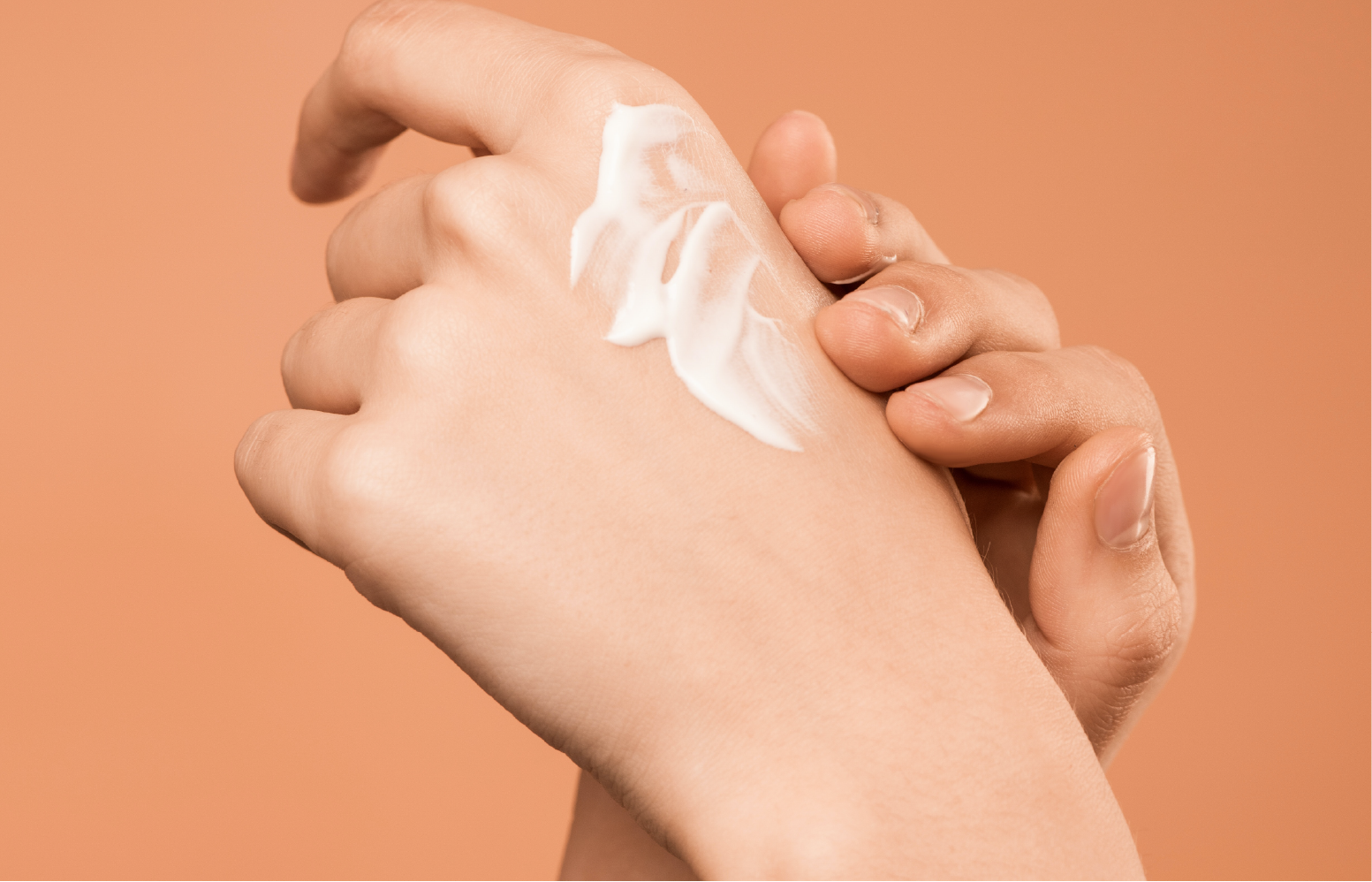
Does Shea Butter Clog Pores? (Science-Backed)
Shea butter has become an extremely popular skincare ingredient, especially for dry skin. It can be found in everything from hand creams to facial moisturizers.
But what about its ability to clog pores? After all, it is a plant-based butter.
Does shea butter clog pores?

The short answer: yes, shea butter can clog pores. While everyone's skin is different, It's likely to cause breakouts.
Many people believe it's non-comedogenic (non-pore clogging), but current scientific data clearly shows why an ingredient like shea butter is comedogenic.
Where does shea butter come from?
First of all, what the heck is shea butter and where does it come from?
Shea butter is a type of fat which is extracted from the& nuts of the African shea tree (vitellaria paradoxa). On an ingredient's list, its INCI name is butyrospermum parkii.
Saturated fatty acids make up a significant portion of it which are responsible for giving shea its solid texture, since they're naturally solid at room temperature. In fact, saturated fats are what constitute an oil being called a "butter" because of this characteristic.
How shea butter can clog pores
Shea butter is primarily made up of fatty acids, so It's crucial to understand what kinds of fatty acids it contains as this will largely determine how it can effect the skin.
Four fatty acids make up the majority of its fatty acid profile:
-
Oleic acid: 55%
Oleic acid is an omega-9 monounsaturated fatty acid. It's non-essential to humans, meaning our bodies can naturally produce it.
Oleic acid is really the main culprit behind shea butter's pore clogging nature.
It's naturally found in our skin's sebum, which is an oily-waxy substance that coats the epidermis (outermost layer of the skin). Skin sebum makes up part of our skin's barrier function, which is responsible for retaining moisture in the skin.
When continuously applied to the skin, oleic acid has been shown to be detrimental to the skin's barrier function by disrupting the sebum naturally present in the epidermis.
This means it can induce comedones, aka clogged pores, and can result in breakouts and excess oily skin.
-
Stearic acid: 28%
Stearic acid is a saturated fatty acid, and our bodies are able to naturally produce it.
It has the ability to be converted into oleic acid in the skin, which can in turn contribute to clogged pores and breakouts.
-
Palmitic acid: 8%
Palmitic acid is another non-essential saturated fatty acid, and it can also be converted into oleic acid in the skin.
On top of this, it lessens the anti-inflammatory activity of important essential fatty acids like linoleic acid, which we'll talk more about below.
-
Linoleic acid: 7%
Linoleic acid is an omega-6 polyunsaturated essential fatty acid that we must get through dietary sources as our bodies can't naturally produce it.
This fatty acid is one of the most critical nutrients for the skin, playing an active role in keeping it clear and moisturized. It's often found to be low in skin that's prone to excess dryness or oiliness.
Low levels of linoleic acid impairs the skin's barrier function, which can lead to clogged pores. In fact, applying oils high in linoleic acid to the skin has been shown to reduce clogged pores.
When using oils on the skin, they should be high in linoleic acid and low in oleic acid (and saturated fatty acids) in order to prevent breakouts. With a low 7% linoleic acid and high 55% oleic acid, shea butter can clog pores and lead to breakouts when used undiluted on the skin.
Is shea butter good for acne?
The short answer: no, shea butter is absolutely not good for acne and will likely exacerbate the condition.
This isn't to say that shea butter is bad in general for the skin. It has been shown to have anti-inflammatory properties, and to even be beneficial for conditions like eczema and psoriasis.
However, in the case of acne, shea butter's high oleic acid content is a massive issue. The reason being is oleic acid levels are abnormally high in acne-prone skin, while its concentration of linoleic acid is unusually low compared to normal skin.
Why might oleic acid be high in acne-prone skin? It's naturally overproduced by the body when the skin's sebum lacks linoleic acid. This altered fatty acid ratio is partially responsible for causing breakouts, redness, and inflammation.
Oleic acid also causes C. acnes (cutibacterium acnes) to grow, which is a type of bacteria associated with the severity of acne.
The level of palmitic acid has also found to be increased in acne-prone skin where it causes inflammation.
The takeway
Ultimately, shea butter should not be applied as the sole ingredient to acne or breakout-prone skin. Its concentrations of oleic and saturated fatty acids are simply too high, and are likely to clog pores and worsen acne symptoms.
This isn't to say you can never use shea butter again. If you're worried about breakouts or worsening of acne, it can instead be used diluted in a product.


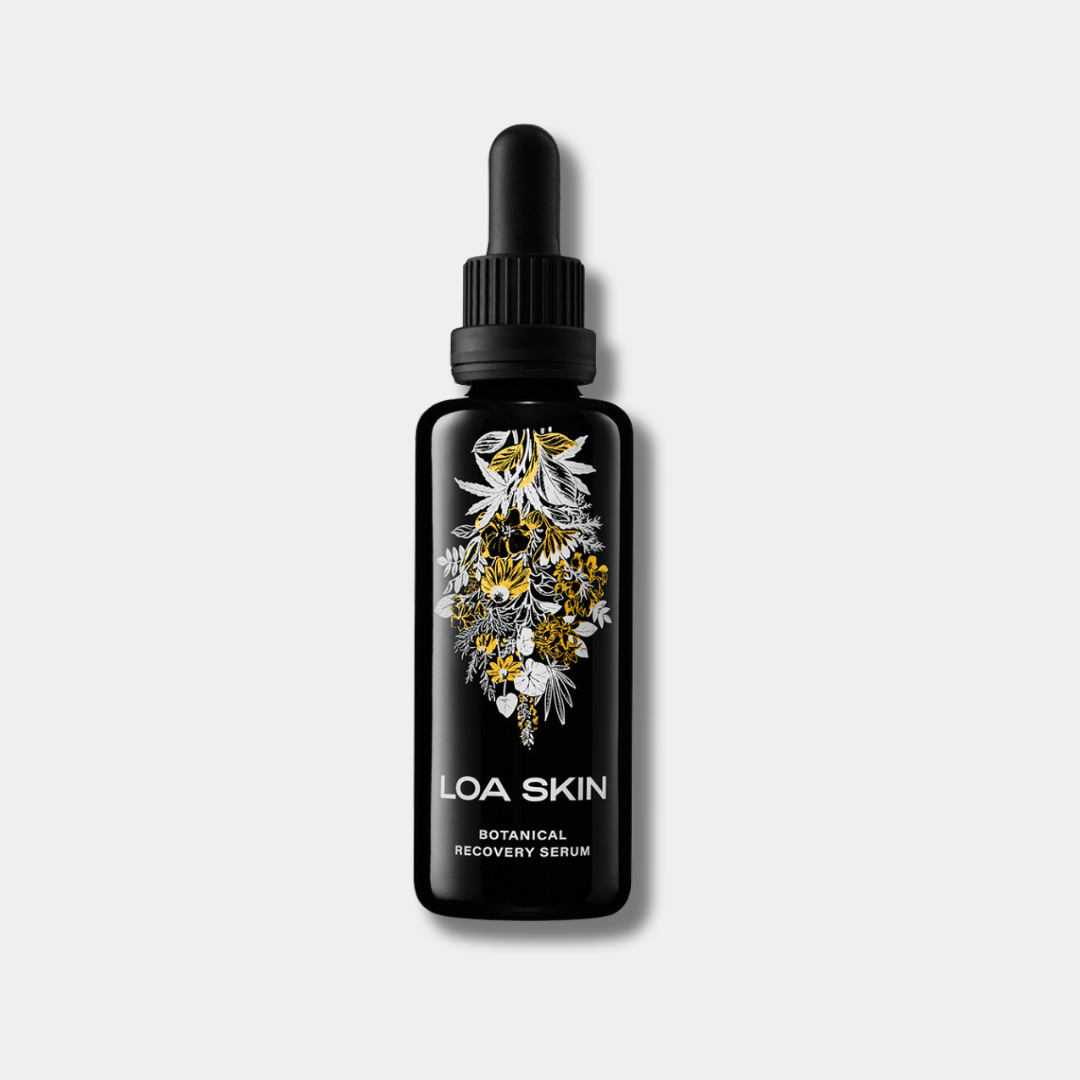
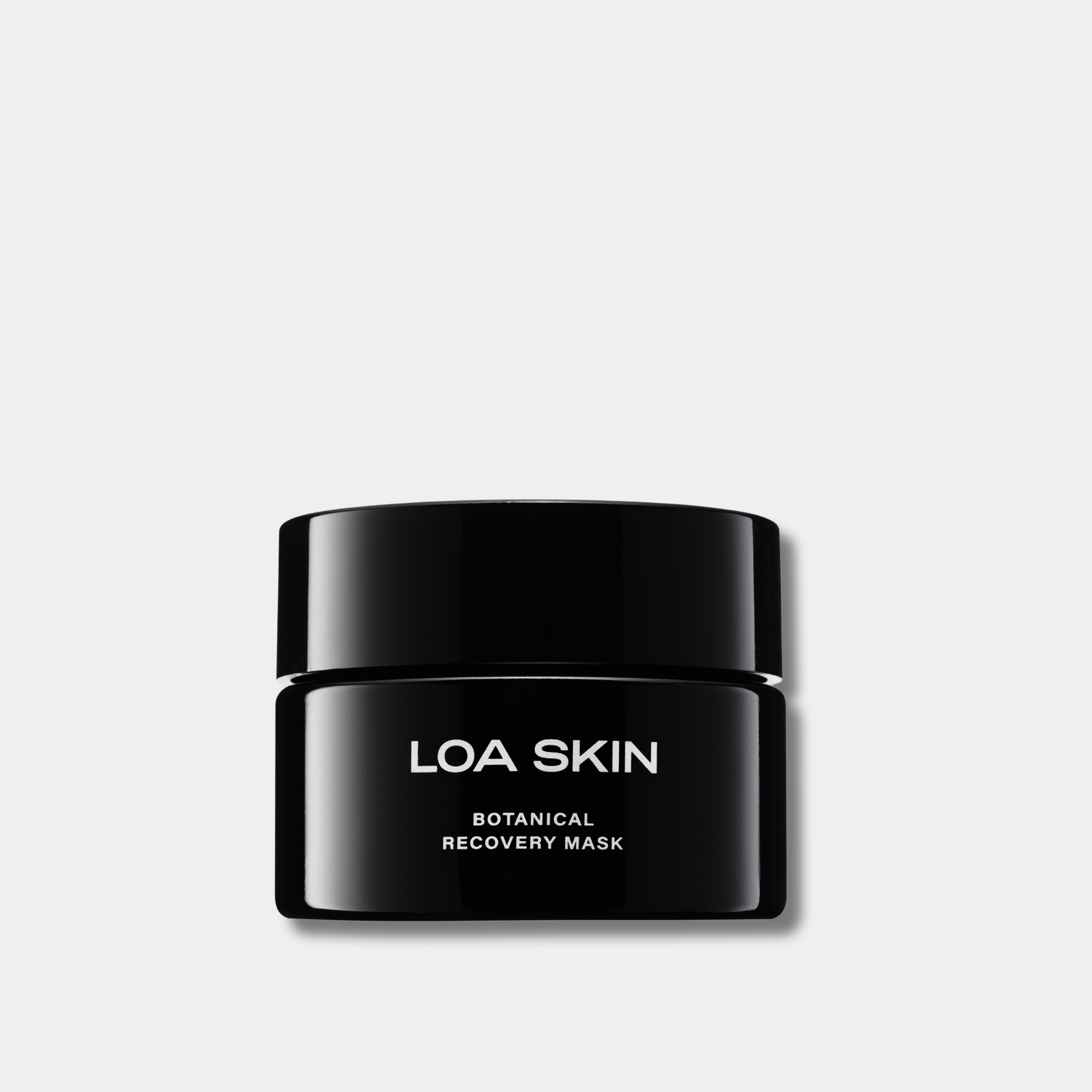
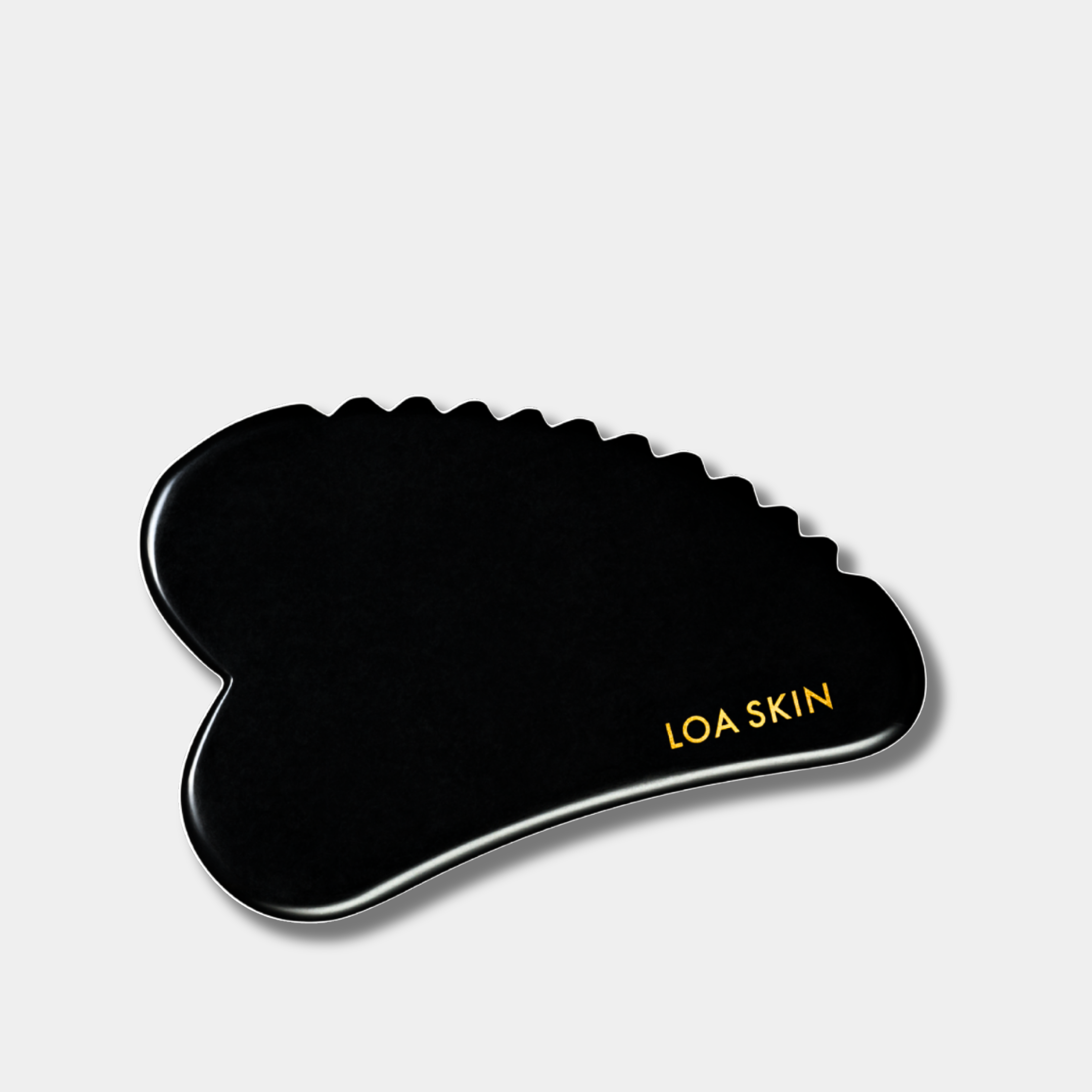
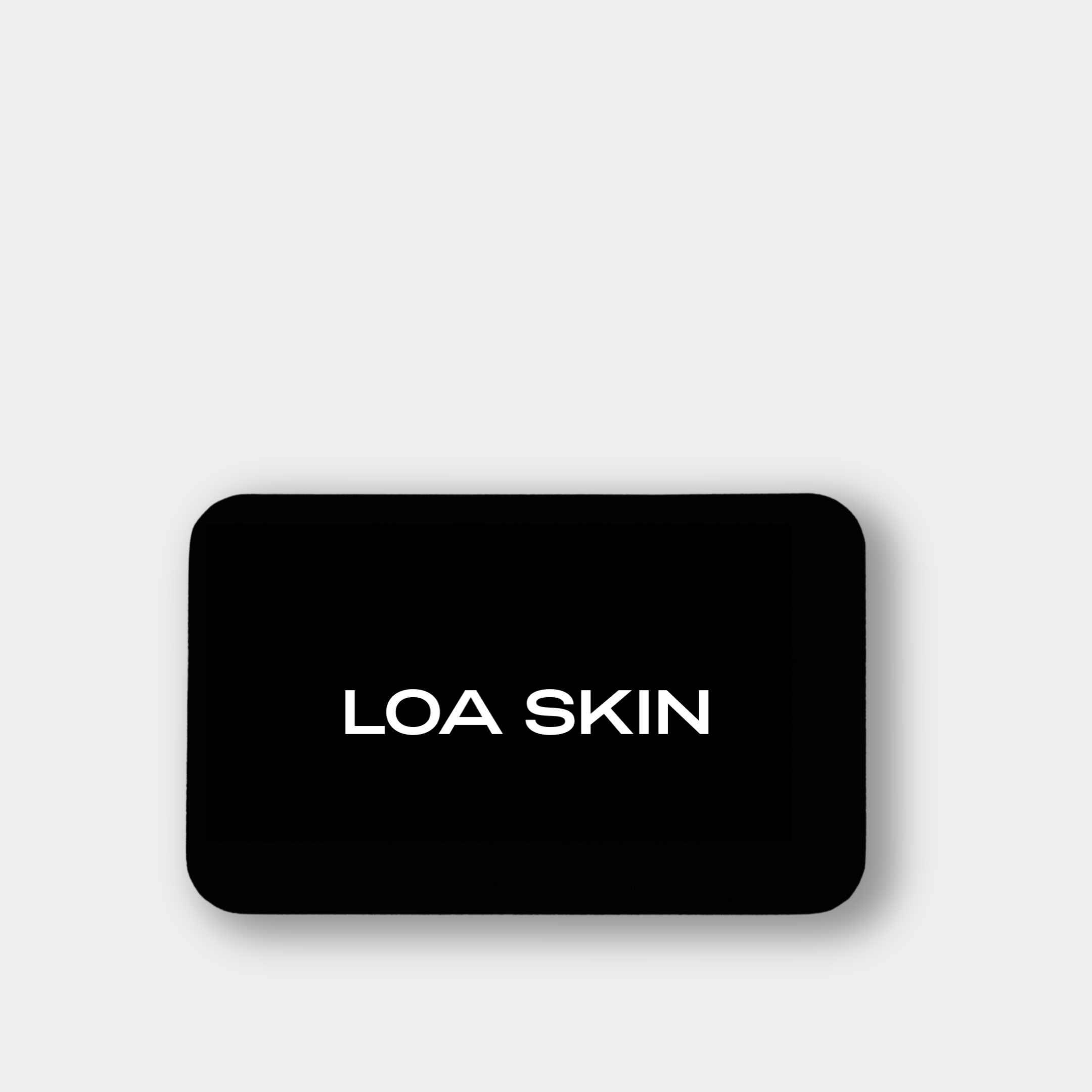
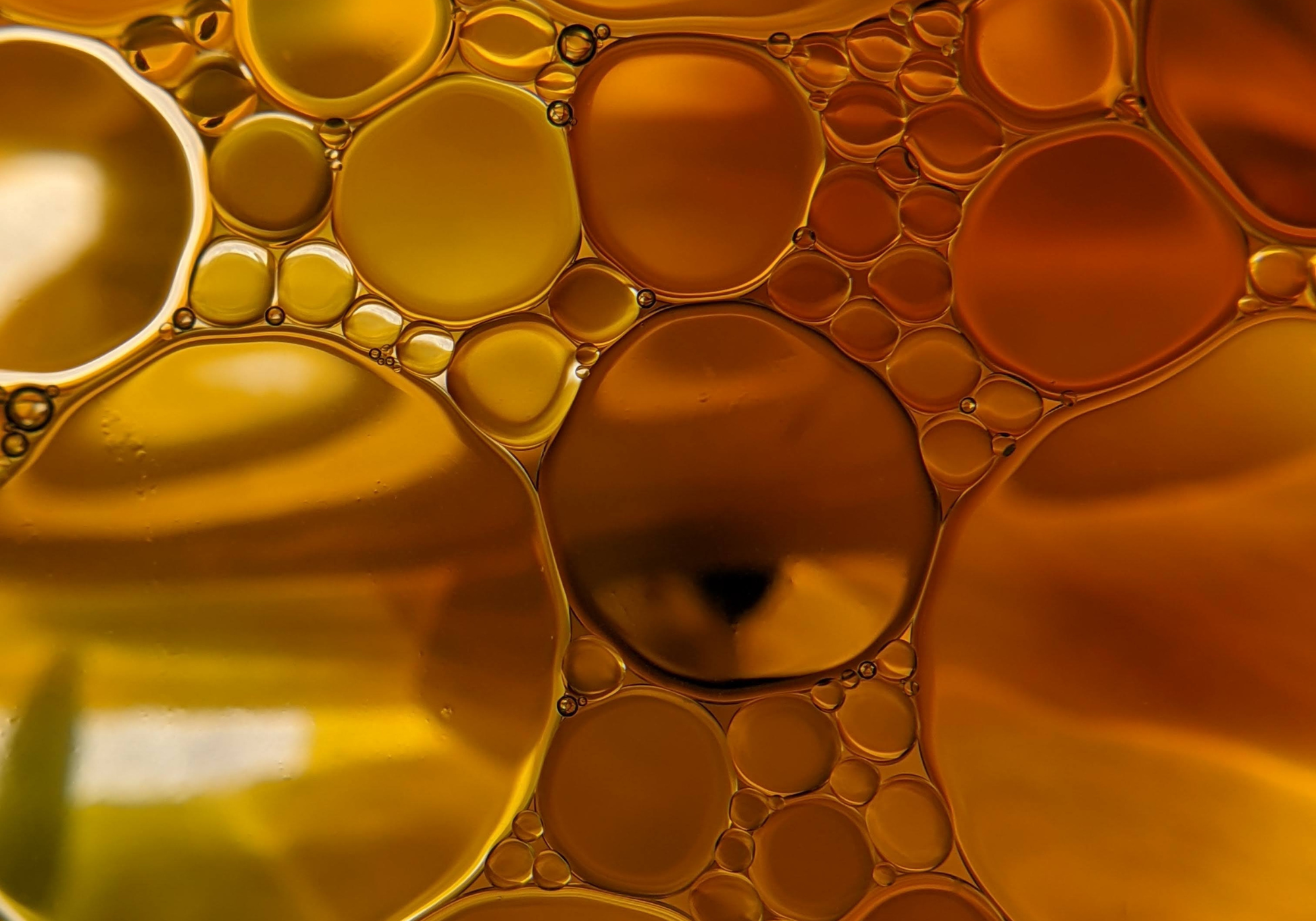
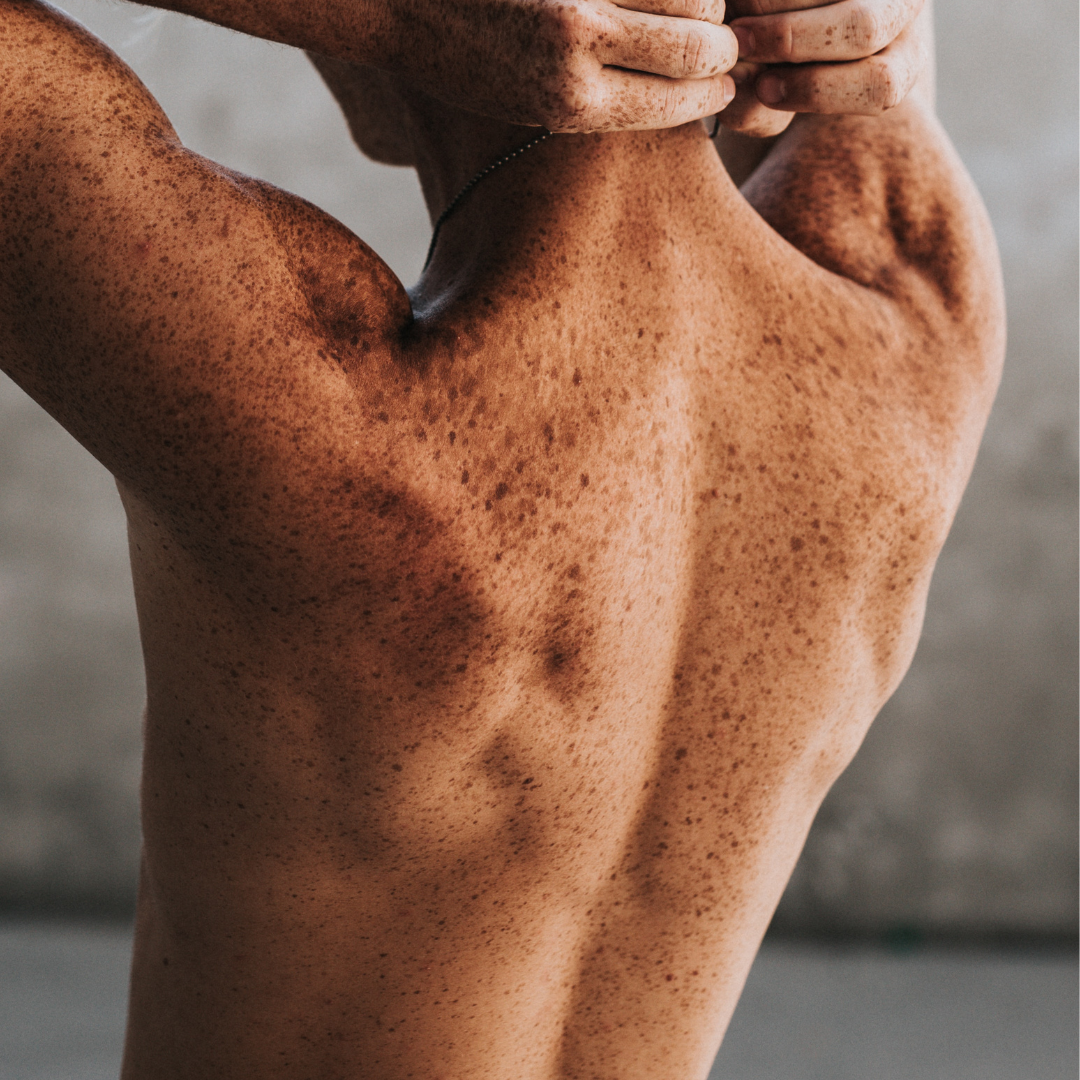
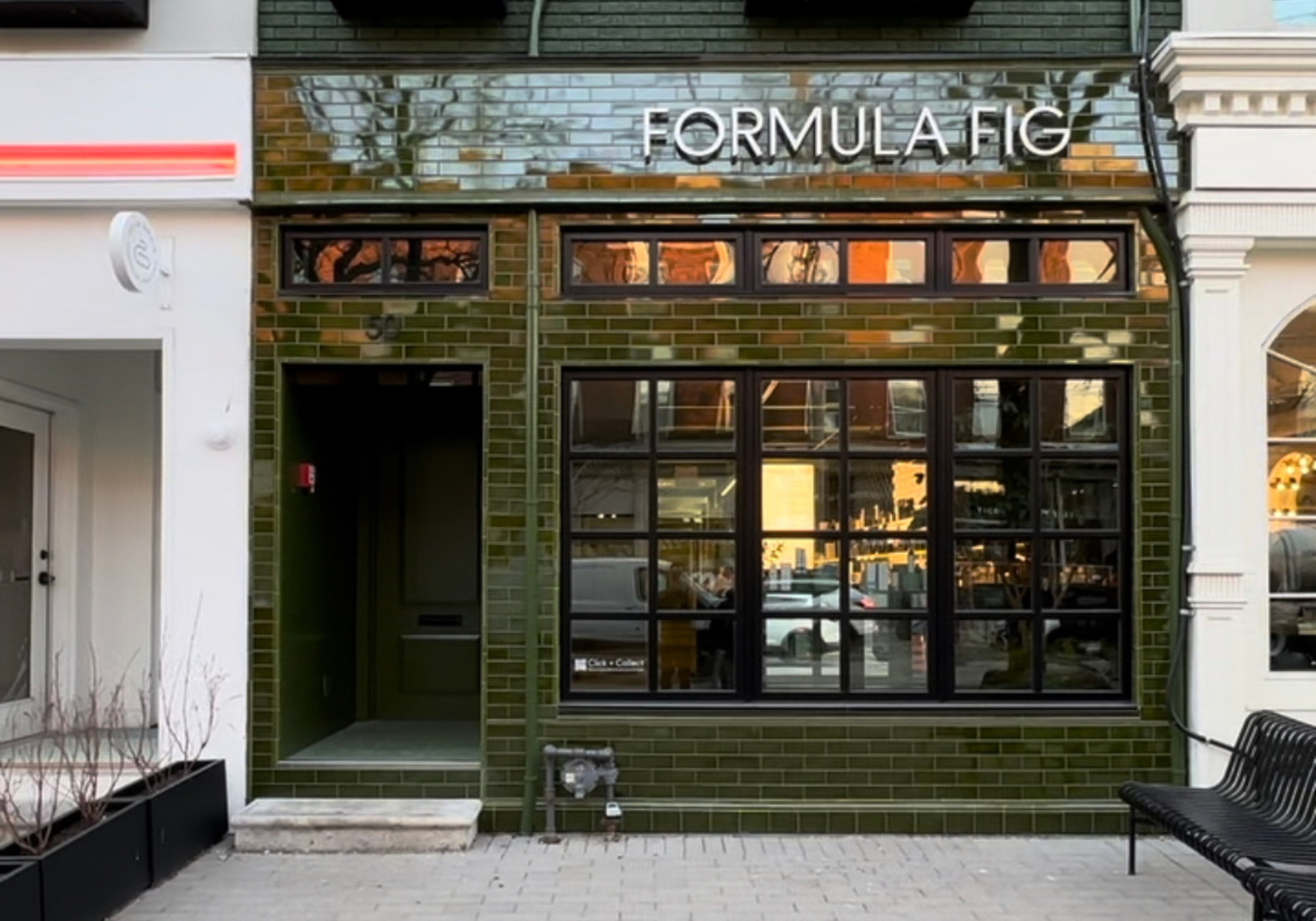
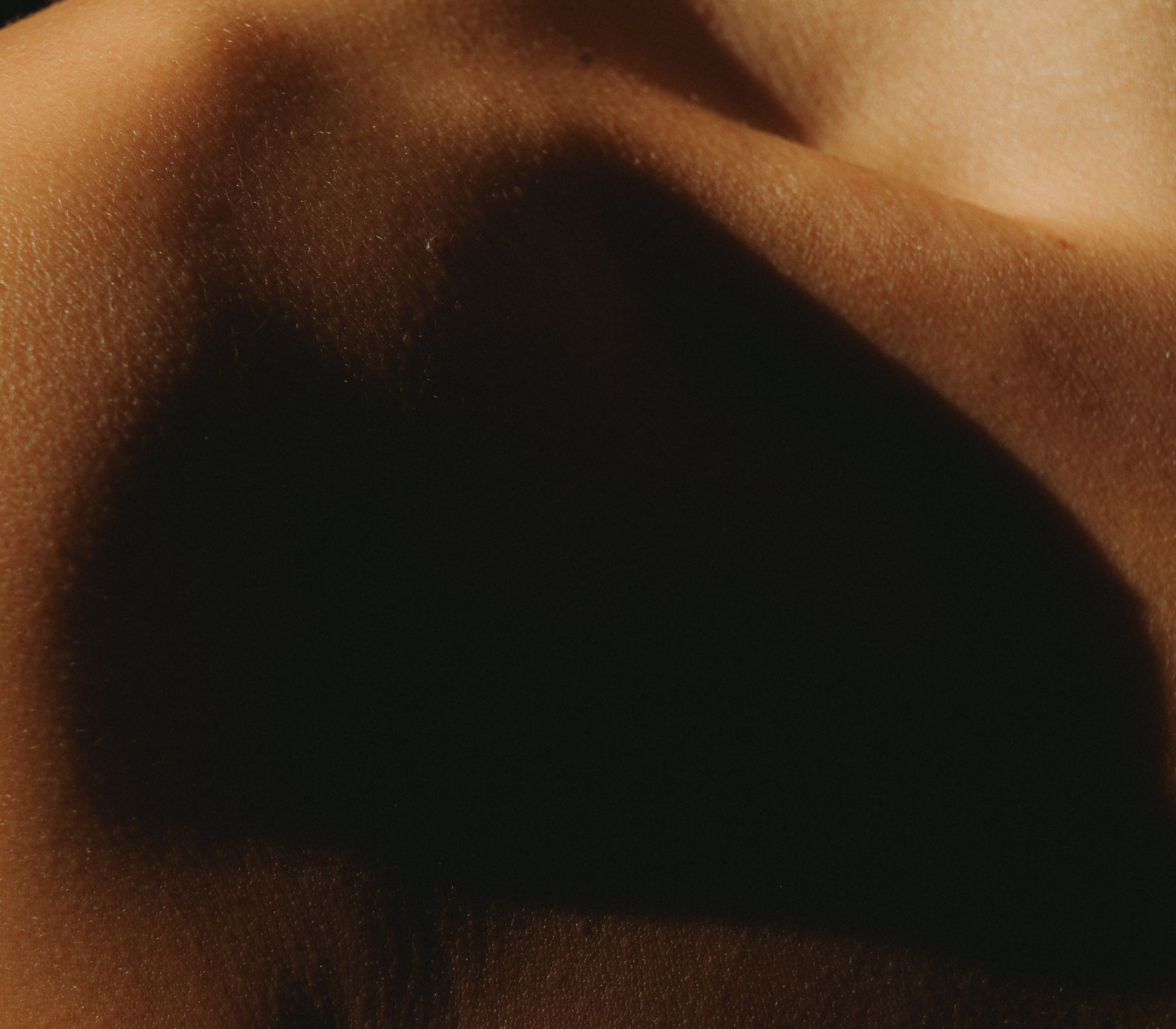
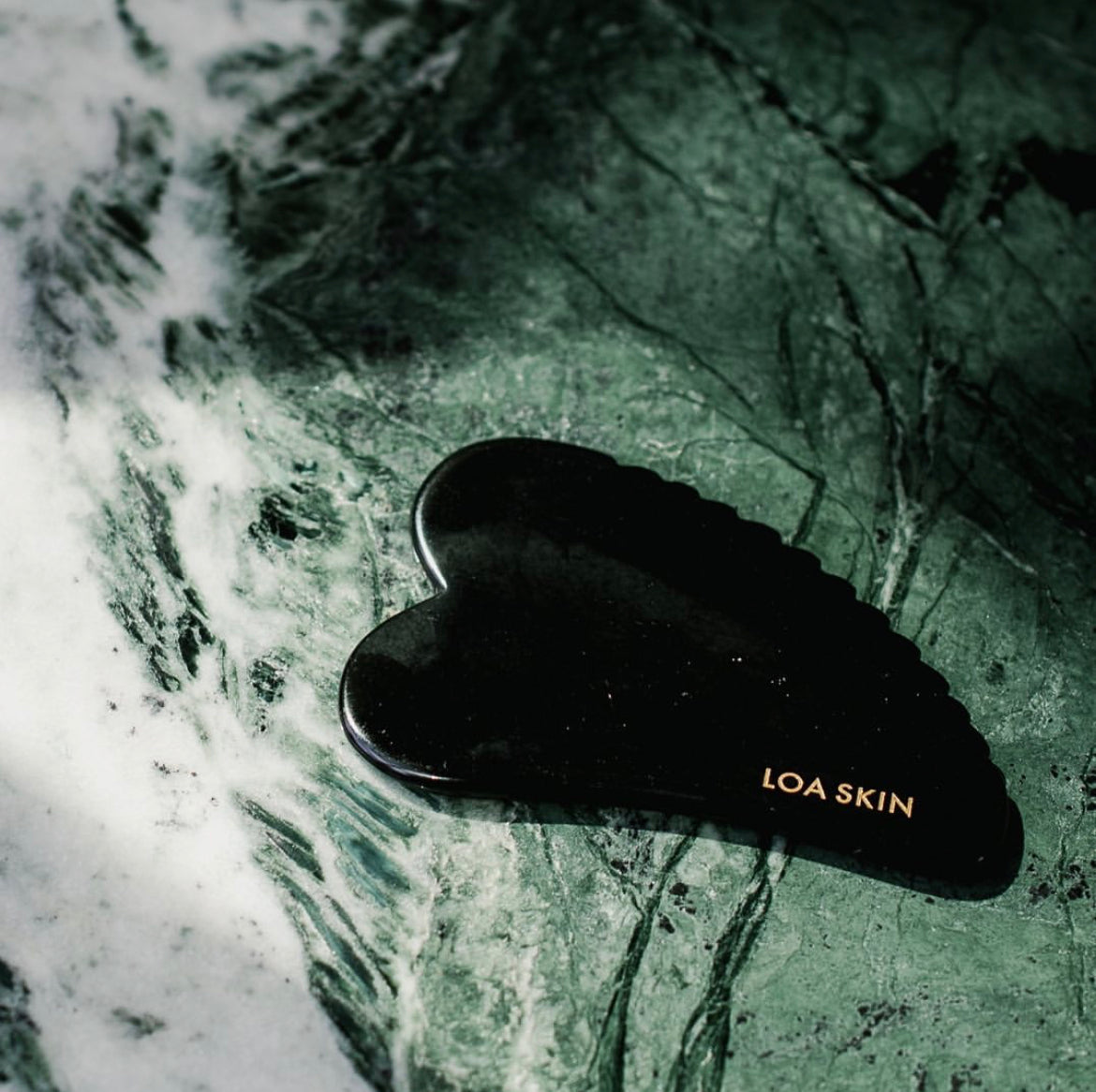
Leave a comment
This site is protected by reCAPTCHA and the Google Privacy Policy and Terms of Service apply.